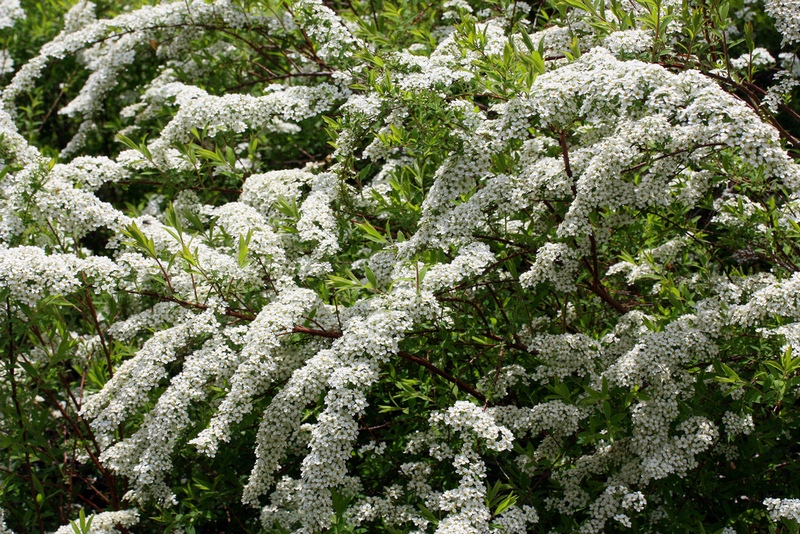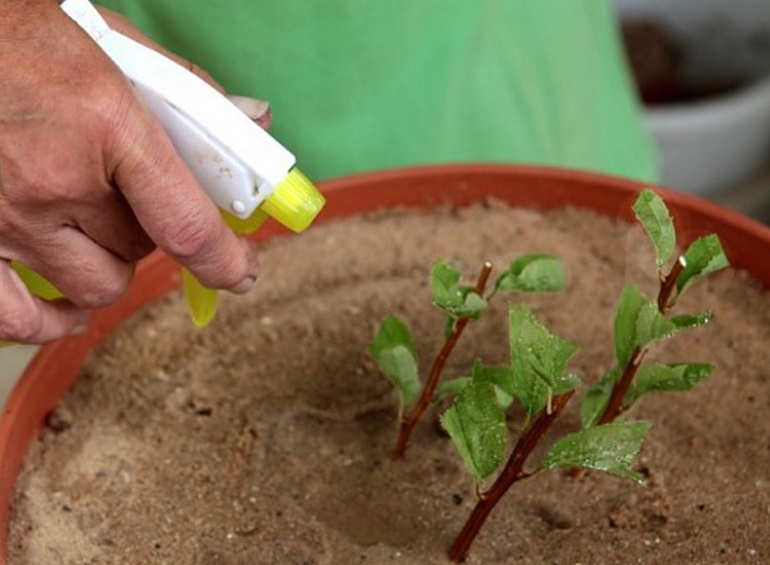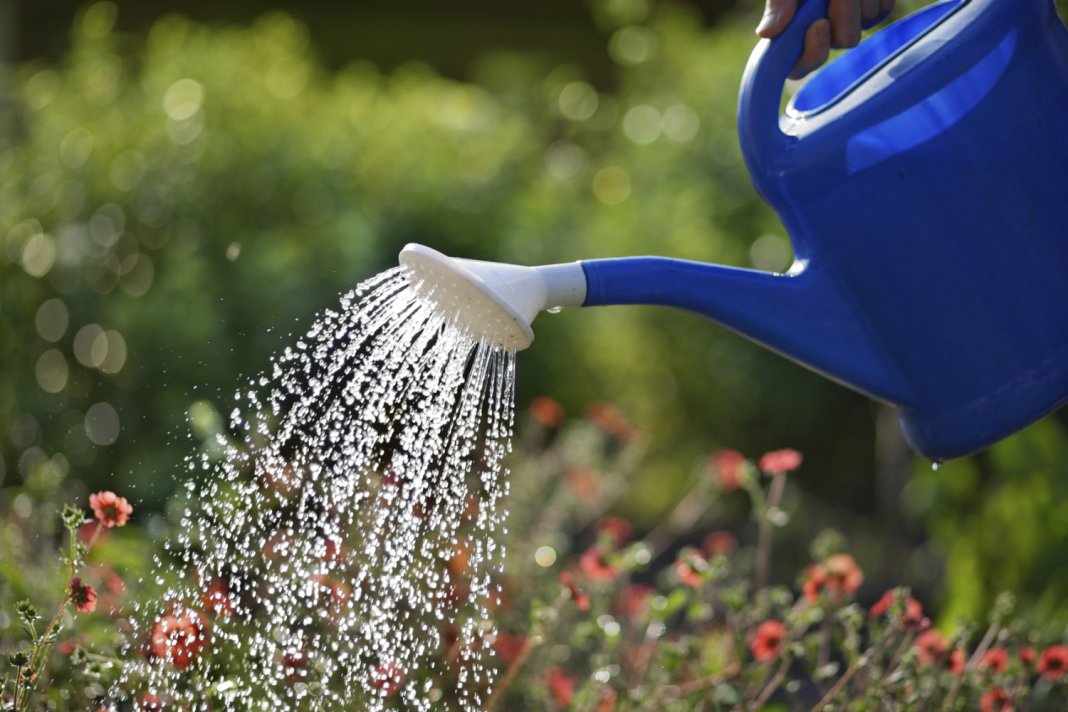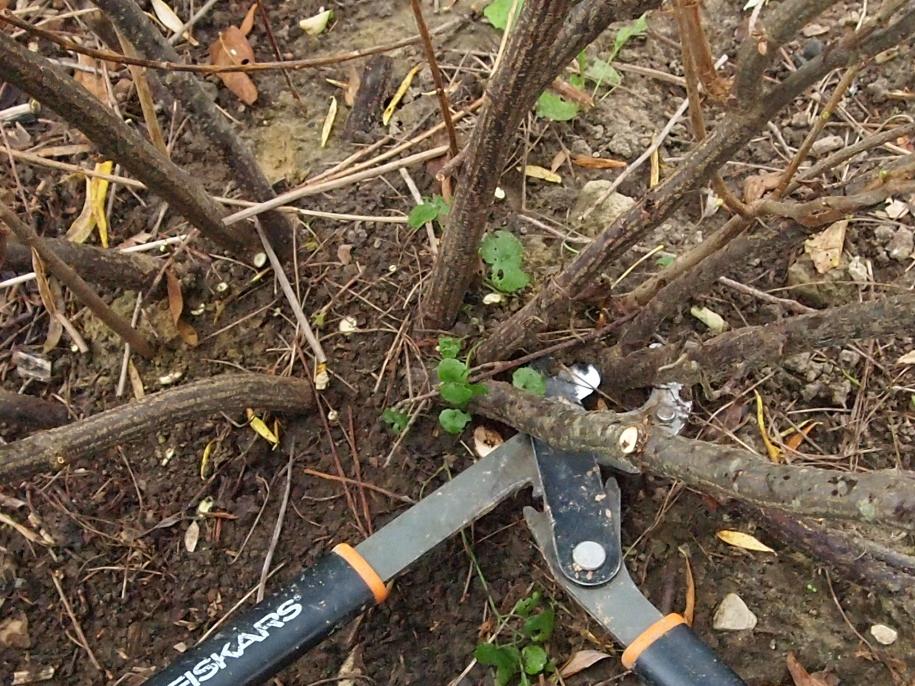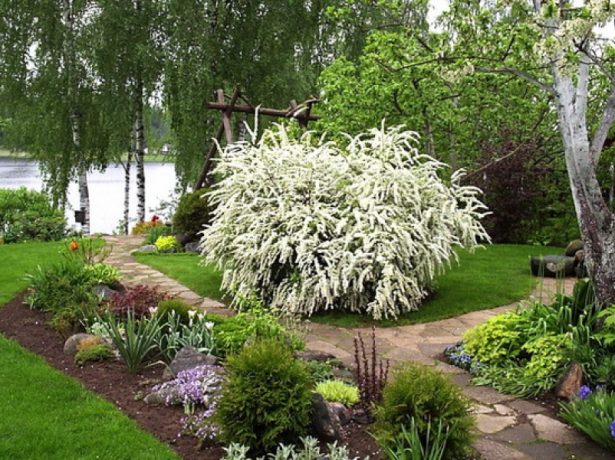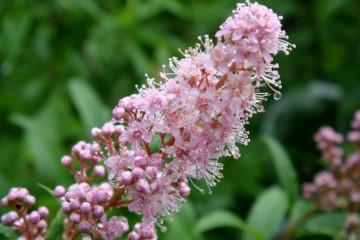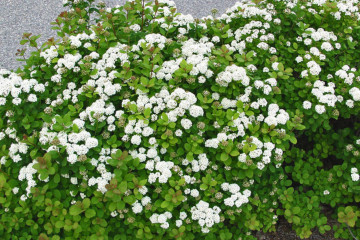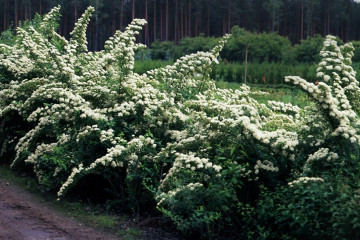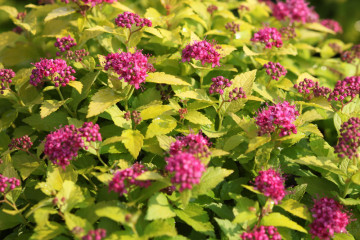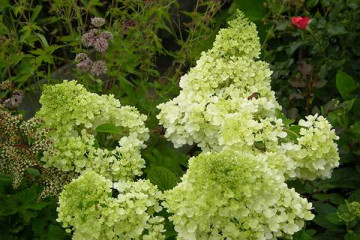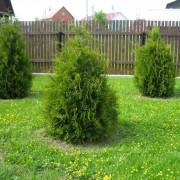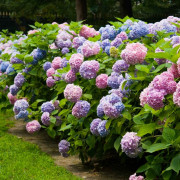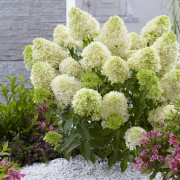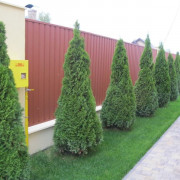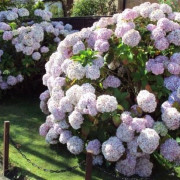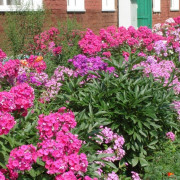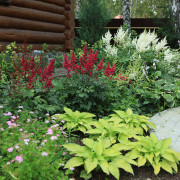Spirea Arguta - description, planting and care
Content:
Spirea Argut does not look very bright and attractive, but with its help you can create many interesting landscape compositions. The plant is a lush bush covered with white flowers. Spirea is unpretentious in care and can easily tolerate low temperatures.
Characteristics of the spirea Argut
According to the description, Arguta spirea is an ornamental shrub that belongs to the Rosaceae family. The hybrid was obtained on the basis of Thunberg's spirea and a multi-flowered plant variety.
The shoots of an adult culture reach a height of 2 m. In this case, the diameter of the branches can be 3 m. The leaves of the plant are narrow and differ in their lanceolate shape. Spirea sharp-toothed at the end of May is covered with snow-white flowers, they appear on the shoots of the second year.
The buds reach 8 mm in diameter and include 5 petals. There are many stamens in each inflorescence. This makes the plant appear fluffy.
Spirea of this variety is often used in landscape design. It is used for single plantings or for the formation of hedges. Bushes are also found in large parks. They look especially impressive in combination with coniferous crops.
Planting a plant
There are many ways to grow a plant. It is permissible to propagate the bush by seed method or using cuttings.
Seed planting
This method of planting spirea is not considered very popular. Usually it is used for propagation of culture in nurseries. Planting seeds is easy, but the resulting crop may not show signs of a mother plant.
Planting seeds is recommended in the spring. Moreover, the first shoots will appear only after 3-4 months. When forming several leaves on the shoots, it is recommended to dive the seedlings and leave them in separate containers until the arrival of autumn. Spirea bloom begins only after 3 years.
Planting seedlings
This is the simplest and most affordable method of growing a plant and helps maintain the characteristics of the mother crop. Cutting cuttings for growing seedlings is recommended in early June. For this, semi-lignified shoots 1 year old are suitable. They must include at least 5 leaves.
- Before planting, it is recommended to soak the cutting in Kornevin's solution for 12 hours.
- It can be placed in a pot of light soil or in prepared open soil.
- Then the seedling must be covered with a film.
During the rooting stage, the culture needs careful maintenance. The soil should not be too wet or dry. The plant must be systematically moistened and ventilated.
Watering and loosening the soil
After planting a crop, it needs regular watering.However, the soil should not be moistened too much. When weeds appear, it must be removed in a timely manner. Otherwise, there is a risk of developing diseases and parasite attacks.
It is enough to water adult bushes once a week. 1 plant needs 1.5 buckets of water. After watering, the soil should be carefully loosened to provide the roots with oxygen. It is also recommended to cover the bed with a mulch layer.
Reproduction methods
Over time, the culture begins to age. In such a situation, new seedlings are required. For propagation of the culture, cuttings or layering can be used.
To carry out cuttings, planting material should be prepared in the summer. In this case, it is necessary to cut off the leaves at the bottom, and carefully scratch the stem with pruning shears. This will help revitalize the emergence of the roots.
They should be buried at a slope into the ground and covered with earth. Landings need to be watered with high quality and covered with a jar. The next year, the seedlings can be moved to a permanent place.
To propagate the culture by layering, young shoots of the bush should be bent and attached to the ground. Sprinkle with earth on top. During the summer, the plant needs systematic watering. The next spring, the cuttings will give roots. At this stage, they can be planted on a permanent site.
Top dressing and fertilizers
It is recommended to fertilize the plant in spring or autumn. It is best to use Azofosk and Kemir-wagon. Too much dressing will damage the root system of the flower and even provoke its death.
Spirea can also be fertilized after pruning and before flowering. For this, organic matter is used - chicken droppings, mullein, compost. During flowering, saltpeter or urea is added.
Plant transplant
It is advisable to move the plant to a new place in spring or autumn. For culture, a sunny area is suitable, in which there is no draft. However, it is important to avoid low or wetlands.
For spirea, fertile soil is needed, it must be acidic or slightly alkaline. It is allowed to transplant seedlings without noticeable defects. In this case, the bush is recommended to be treated with fungicides.
To carry out a transplant, you should do the following:
- lay the drainage layer in the recess;
- fill up the substrate;
- spread the roots and place the plant in the hole;
- sprinkle the hole with earth and tamp it.
Trimming the spirea of Argut
The next year, after planting is completed, systematic pruning is carried out. For a sanitary procedure, it is necessary to remove the affected and dry branches. The formation of a bush should be done in spring or autumn - this will help to get a beautiful crown.
Stimulating pruning is recommended at 3 years of age. It is aimed at removing weakened and redundant branches.
Pests and diseases
Spirea is a fairly strong plant. However, it can be affected by spider mites, aphids and caterpillars. In this case, the development of culture is disrupted.
To avoid such problems, at the beginning of the growing season it is worth sprinkling the bush against diseases and pests.
Flowering period: care features
This variety of spirea is characterized by an early onset of flowering. Already in mid-April, white flowers appear on the bush. By the middle of summer there are a lot of them.
Inside the blossoming flower, many stamens grow, which give a fluffy volume to the abundantly flowering branches.
During this period, it is forbidden to use organic products as fertilizers.
Preparing for winter
Adult plants do not need to be covered.The shoots are highly resistant to frost and can withstand temperatures as low as -40 degrees.
In this case, the root system is located near the very surface of the soil, it needs protection. To do this, in the fall, it is recommended to place compost or humus under the bushes. Its layer should be 30 cm.
Young plants up to 4 years old need preparation for winter. For this, it is recommended to sprinkle the root zone with mulch. The branches must be squeezed and fixed with a rope. Insulate the shoots on top with burlap or non-woven fabric.
Use in landscape design
Spirea can be used to create hedges or species compositions. It is permissible to do group landings. For their design, they use spirea of different varieties - for example, gray. The culture looks great with conifers and deciduous plants. Spirea is also suitable for decorating bouquets.
Spirea Arguta is very popular among gardeners. To get a powerful plant, you must strictly follow the recommendations of experienced florists and provide the culture with quality care.
